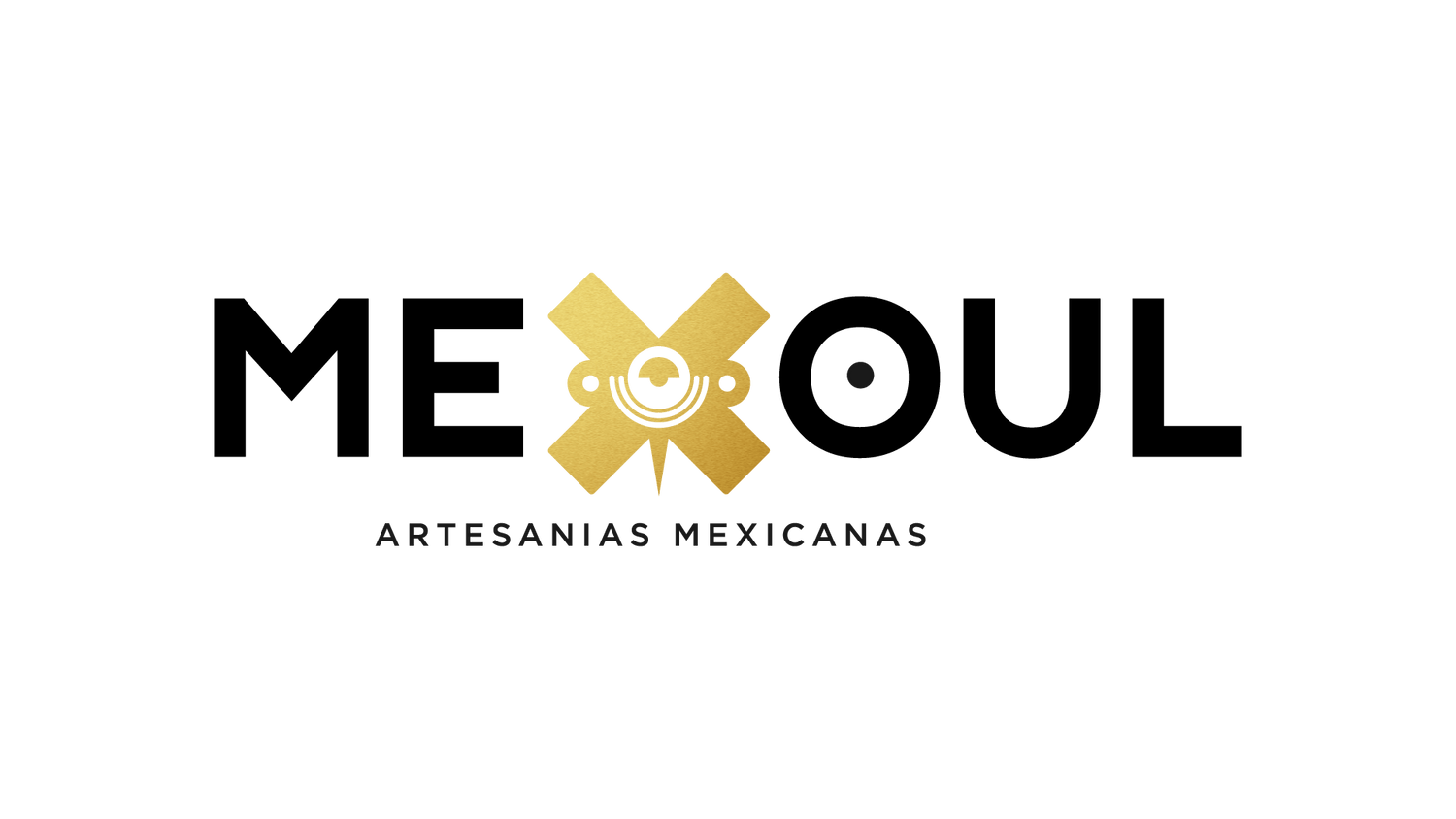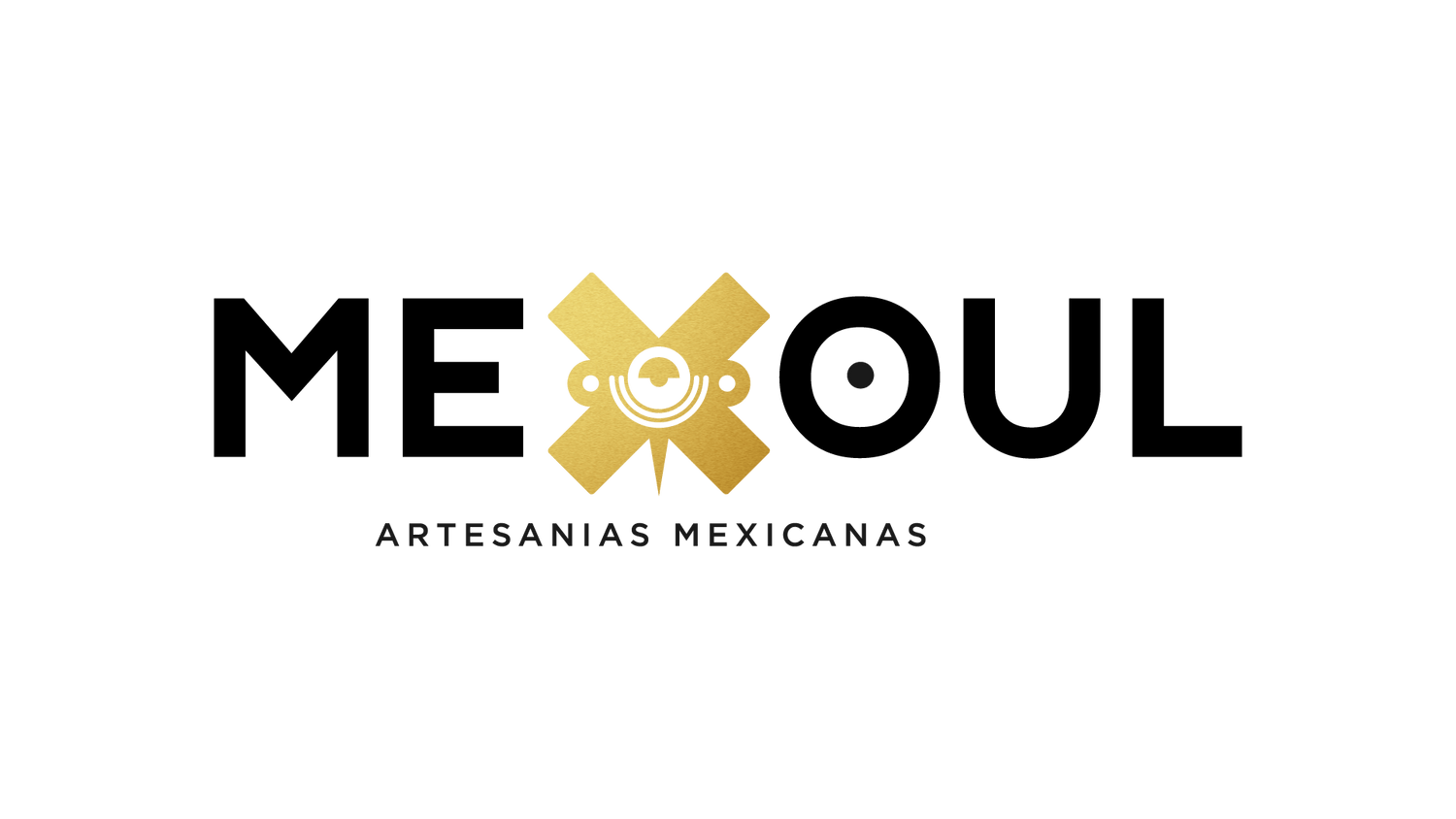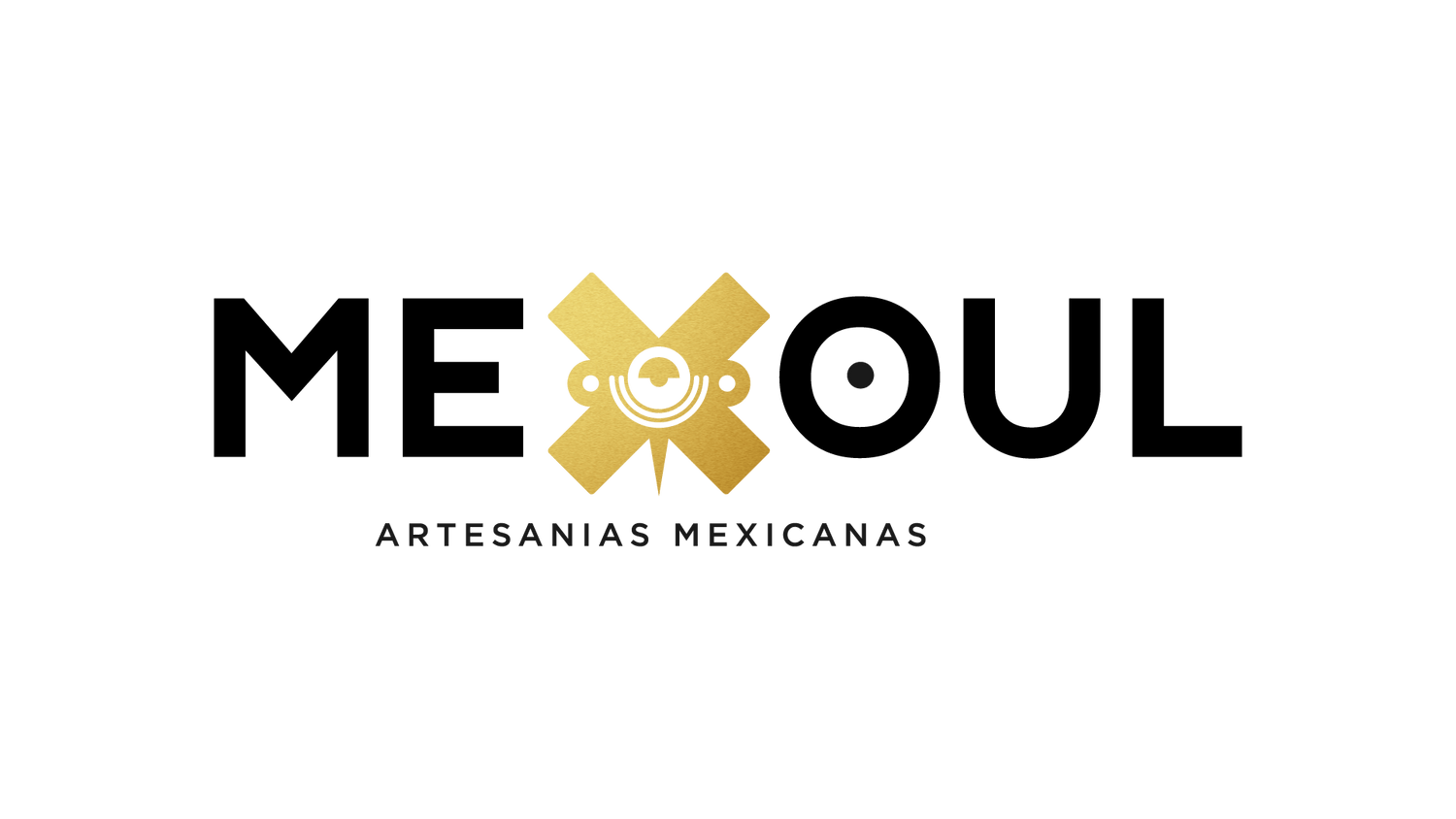Huichol art, an extraordinary expression of Mexico’s indigenous heritage, stands out for its vibrant colors, intricate patterns, and profound spiritual significance. Originating from the Huichol people, an indigenous group residing in the Sierra Madre Occidental mountains of western Mexico, this art form has evolved over centuries while maintaining its deep connection to Huichol culture and spirituality. Exploring the history and evolution of Huichol art reveals a rich tapestry of tradition, innovation, and resilience.
**Ancient Roots: The Origins of Huichol Art**
The Huichol people, known for their rich cultural traditions and spiritual practices, have been creating art for thousands of years. Their art is deeply intertwined with their religious beliefs and rituals, reflecting a worldview that honors the natural and spiritual worlds. The origins of Huichol art can be traced back to ancient ceremonial practices, where art was used as a means to communicate with the divine and to celebrate the natural world.
One of the earliest forms of Huichol art includes **beadwork** and **embroidery**, which have been integral to Huichol culture for generations. These art forms are characterized by their intricate patterns and vibrant colors, often depicting spiritual symbols, deities, and elements of nature. The use of beads and thread in these artworks is not merely decorative but serves as a medium to convey spiritual stories and rituals.
**Colonial Influences and Resilience**
The arrival of Spanish colonizers in the 16th century brought significant changes to the lives of the Huichol people. The colonization process, which often involved attempts to suppress indigenous cultures and traditions, had a profound impact on the Huichol. Despite these challenges, the Huichol people demonstrated remarkable resilience in preserving their cultural heritage.
During the colonial period, Huichol art continued to evolve, incorporating new materials and techniques introduced by the Europeans. For example, the use of glass beads, which were introduced by the Spanish, became a prominent feature in Huichol beadwork. Despite these influences, the Huichol art maintained its distinct style and continued to serve its traditional spiritual and ceremonial purposes.
**Revival and Recognition: The 20th Century**
The 20th century marked a period of revival and increased recognition for Huichol art. As interest in indigenous cultures and traditional arts grew, Huichol art began to gain broader recognition both within Mexico and internationally. This period saw a renewed appreciation for Huichol craftsmanship and a growing demand for their distinctive artworks.
During this time, Huichol artists began to expand their repertoire, exploring new forms and mediums. One of the most notable developments was the creation of **yarn art**, also known as **"nyaraka"**. This technique involves applying colored yarn onto a wooden board or canvas, creating intricate and vivid designs. The yarn art often features traditional Huichol motifs, including depictions of peyote ceremonies, sacred animals, and cosmological symbols.
The yarn art technique allowed Huichol artists to reach new audiences and explore innovative ways of expressing their cultural and spiritual narratives. It also played a significant role in the preservation and promotion of Huichol art as a vital aspect of Mexico’s cultural heritage.
**Contemporary Evolution and Global Impact**
In recent decades, Huichol art has continued to evolve while retaining its traditional roots. Contemporary Huichol artists have embraced new technologies and materials, incorporating modern influences into their work without losing the essence of their cultural heritage. The art form has gained international acclaim, with Huichol pieces featured in galleries and exhibitions around the world.
Huichol artists today often balance tradition with innovation, creating works that resonate with both traditional and modern audiences. They explore themes such as environmental conservation, social justice, and global interconnectedness through their art, reflecting a contemporary perspective while honoring their ancestral roots.
**Preservation and Future Prospects**
As Huichol art gains global recognition, there is an increasing focus on preserving and supporting this cultural legacy. Efforts are being made to ensure that Huichol artists receive fair compensation for their work and that traditional techniques are passed down to future generations. Organizations and initiatives aimed at promoting indigenous arts are helping to sustain the vitality of Huichol art and ensuring its continued relevance in a changing world.
**Conclusion: A Living Legacy**
The history and evolution of Huichol art is a testament to the enduring strength and creativity of the Huichol people. From its ancient origins to its contemporary expressions, Huichol art reflects a deep connection to spirituality, nature, and cultural heritage. As Huichol artists continue to innovate and share their work with the world, they contribute to a living legacy that celebrates the richness of indigenous traditions while embracing the possibilities of the future.





